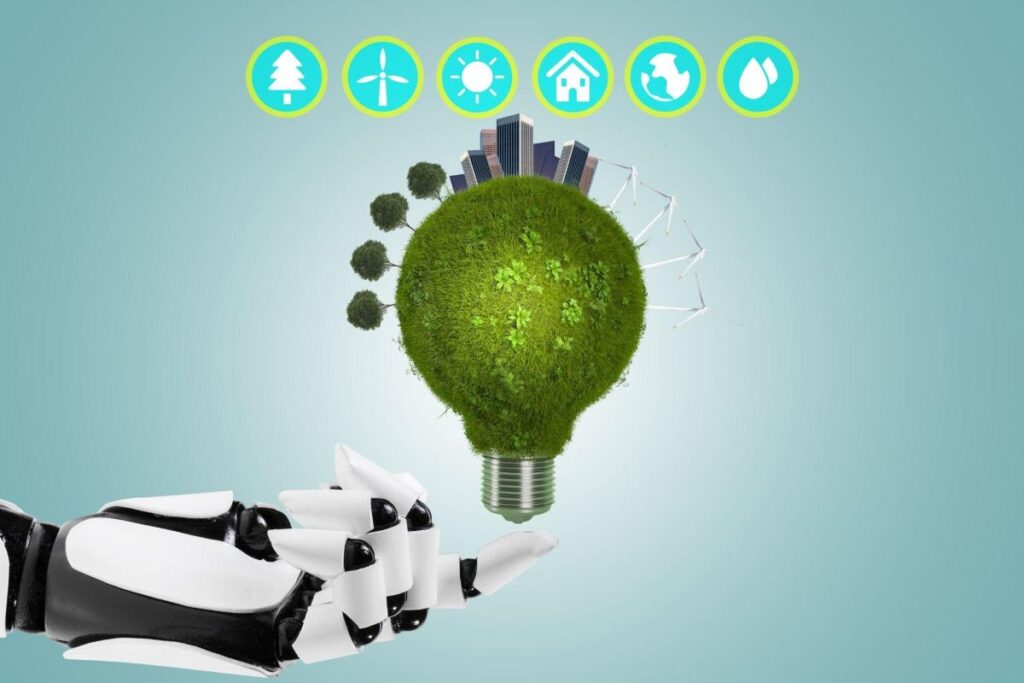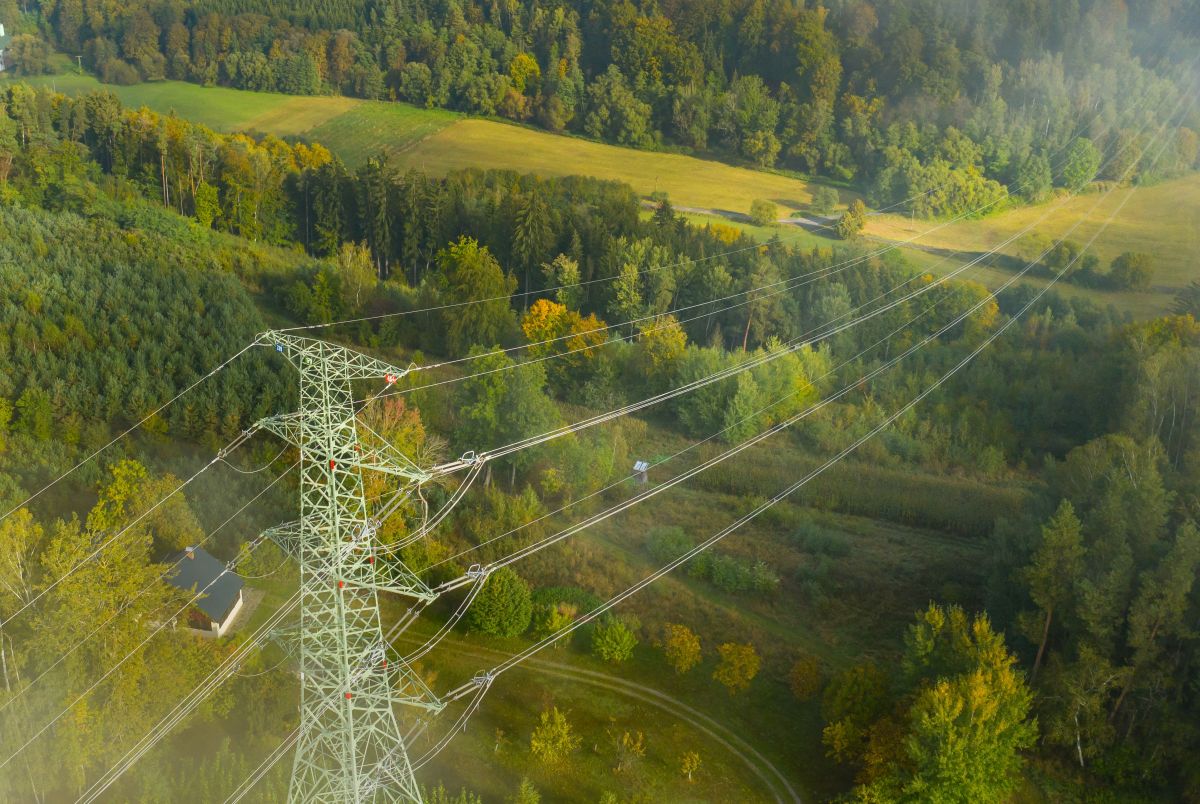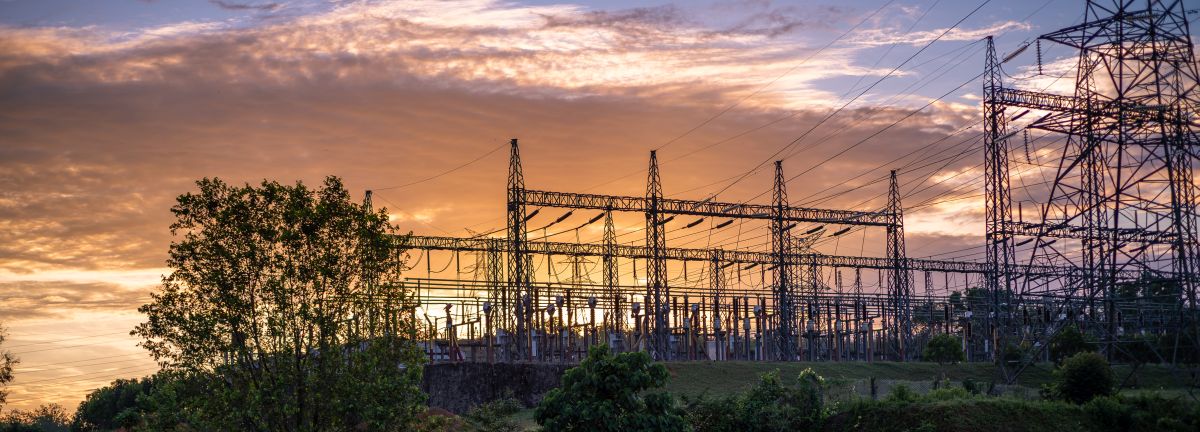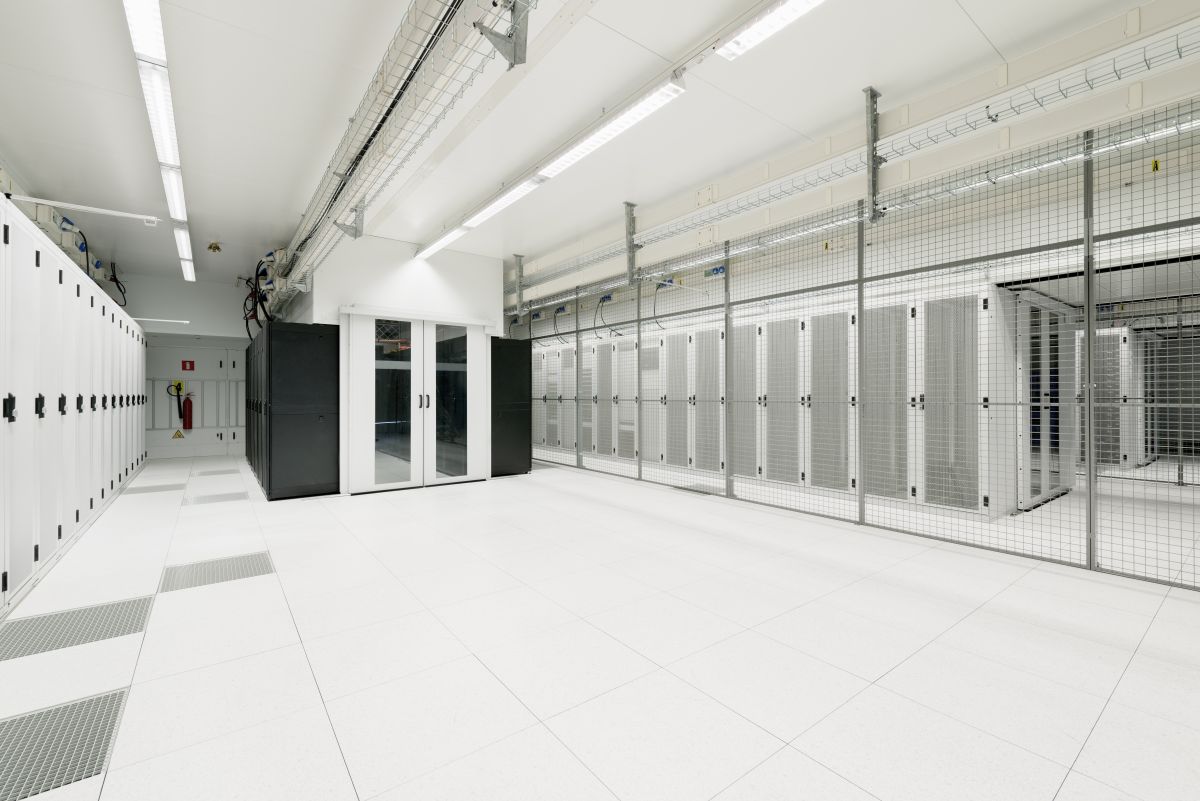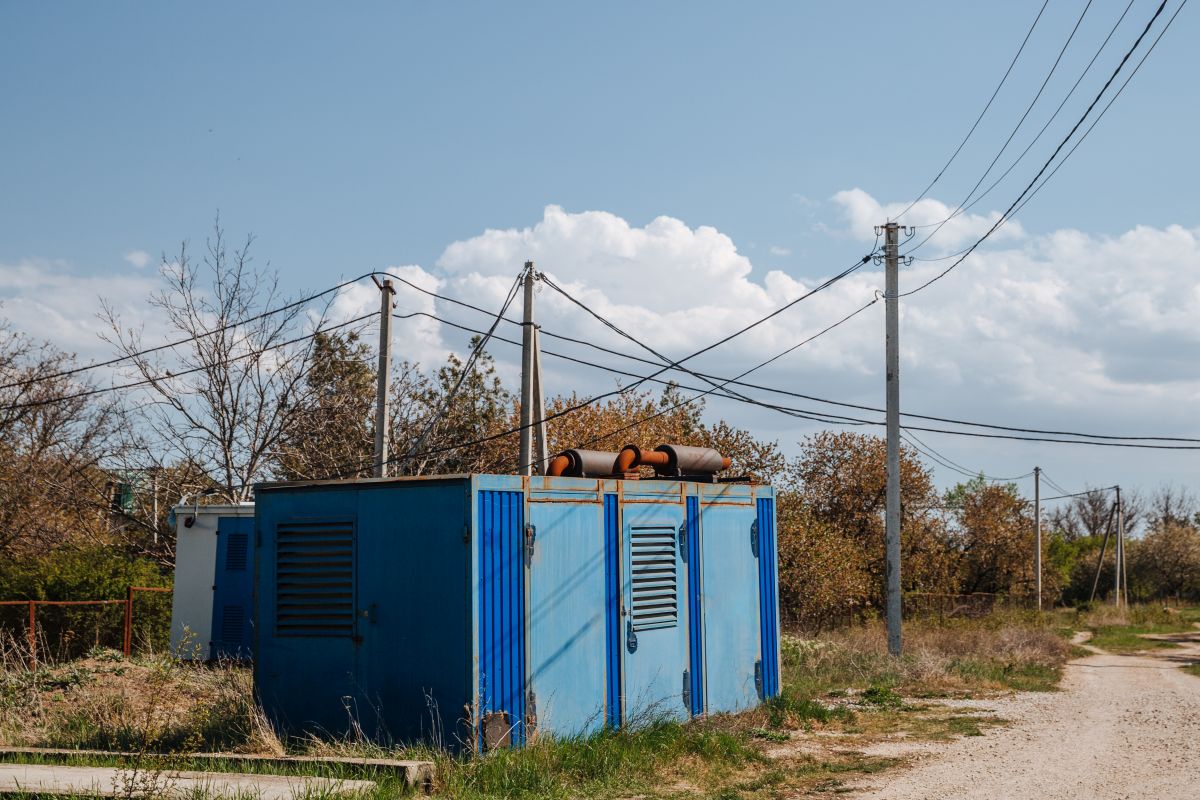WWW.RENEWABLEENERGYWORLD.COM
AI will be a critical piece of the clean energy economy, according to a new report by the Department of Energy and its six national laboratories. Last year, President Joe Biden issued an executive order calling for the agency to produce a public report “describing the potential for AI to improve planning, permitting, investment, and operations for electric grid infrastructure and to enable the provision of clean, affordable, reliable, resilient, and secure electric power to all Americans.”
Researchers identified four priority use cases to organize their findings: grid planning, permitting and siting, operations and reliability, and resilience. They identified three specific challenge areas where AI/ML can surpass the performance of human teams: (1) streamlining the licensing and regulatory process; (2) accelerating deployment; and (3) facilitating unattended operation.
“Artificial intelligence can help crack the code on our toughest challenges from combating the climate crisis to uncovering cures for cancer,” said U.S. Secretary of Energy Jennifer M. Granholm. “DOE, under President Biden’s leadership, is accelerating its AI work on multiple fronts to not only keep the U.S. globally competitive, but also to manage AI’s increasing energy demand so we can maintain our goal of a reliable, affordable, and clean energy future.”
As part of a broader suite of announcements, DOE released AI and Energy: Opportunities for a Modern Grid and Clean Energy Economy, which is a first-ever report on AI’s near-term potential to support the growth of America’s clean energy economy and Advanced Research Directions in AI For Energy, a report developed by DOE’s National Laboratories on long-term opportunities and challenges in AI.
DOE also established a platform to showcase DOE-developed AI tools, which address medium-range weather forecasting, wildfire analysis, grid modernization, and more.
Streamlining the design, deployment, and licensing of new energy capacity presents one of the clearest opportunities for AI tools, DOE said. By 2050, the agency estimates the onboarding of 1.6 TW of new solar capacity and 200 GW of new nuclear capacity, while enabling hydrogen, geothermal, critical minerals, and other clean energy resources.
Deploying those resources could end up costing trillions of dollars in national investment. AI, however, could save the nation hundreds of billions of dollars and reduce schedules by 20%, DOE said.
DOE is also announcing actions to assess the potential energy opportunities and challenges of AI, accelerate deployment of clean energy, and advance AI software and hardware innovation to manage the growing energy demand of AI, including:
- The new VoltAIc Initiative to use AI to help streamline siting and permitting at the Federal, state, and local level: DOE is investing $13 million in the initiative to build AI-powered tools to improve siting and permitting of clean energy infrastructure and has partnered with Pacific Northwest National Laboratory (PNNL) to develop PolicyAI, a policy-specific Large Language Model test bed that will be used to develop software to augment National Environmental Policy Act and related reviews.
- Delivered an initial assessment on the safe, secure, and trustworthy deployment of AI and launched a sustained effort to analyze AI’s potential benefits and risks for critical energy infrastructure. Building off the Department’s new public assessment, DOE’s Office of Cybersecurity, Energy Security, and Emergency Response (CESER) will be convening energy stakeholders and technical experts over the coming months to collaboratively assess potential risks that the unintentional failure, intentional compromise, or malicious use of AI could pose to the grid, as well as ways in which AI could potentially strengthen grid resilience and our ability to respond to threats.
- Analyzed the near-term potential for AI to improve planning, permitting, investment, and operations for electric grid infrastructure and to support the clean energy economy. The Department of Energy issued AI and Energy: Opportunities for a Modern Grid and Clean Energy Economy, summarizing the potential of AI to assist in providing clean, affordable, resilient, and secure electric power to all Americans and the role AI can play in building an innovative clean energy economy.
- Identifying longer-term grand challenges for harnessing the potential transformative power of AI for energy. DOE’s National Laboratories recently issued Advanced Research Directions in AI For Energy, which includes key challenges in applied energy over the next decade.
- Conducted a comprehensive overview of opportunities and challenges associated with Machine Learning techniques and their applications in power system operations. DOE’s Office of Electricity and the PNNL issued a report that provides a foundation for understanding the transformative role of AI and ML in power systems.
- Establishing a new Working Group on Powering AI and Data Center Infrastructure. The Secretary’s Energy Advisory Board chartered a new working group to make recommendations-by June-on meeting energy demand for AI and data center infrastructure.
- Announcing that over the next several months, DOE will convene utilities, clean energy developers, data center owners and operators, and regulators in localities experiencing large load growth.
To assess the potential energy opportunities and challenges of AI, support the deployment of clean energy resources, and advance innovation in AI tools, models, and hardware, DOE has:
- Quantified data center load growth and forecasted its near-term potential. To better understand how AI will affect future energy consumption, DOE’s Lawrence Berkeley National Laboratory is currently performing a detailed national analysis of regional energy and water use across our nation’s data centers.?
- Recently released the Innovative Grid Deployment Liftoff Report on advanced grid solutions and grid enhancing technologies, which can enable a smarter grid. By more efficiently using the grid infrastructure we have today, we can do more with what we have, reduce costs for ratepayers, and support more clean energy on the grid.?
- Outlined a wide spectrum of solutions and existing federal incentives and programs available to address increased electricity demand on the nation’s power grid while continuing to reduce emissions. DOE recently released the 2024 Future of Resource Adequacy Report which affirms that investing in technology solutions, including clean energy generation and storage, transmission expansion and enhancement, and efficiency and demand management tools can provide ample, reliable and secure power in an age of rising electricity demand and provides details on the federal incentives available such as tax credits, loans, direct support, and technical assistance, including those for data centers.
- Supported tools to accelerate renewable energy interconnection. DOE launched the Interconnection Innovation e-Xchange (i2X), a collaborative body for engaging on improving interconnection. As part of i2X, DOE has opened a funding opportunity to support improved analytical and modelling capabilities to accelerate renewable energy interconnection and released a solutions roadmap towards solving the interconnection backlog.
- Announced Office of Science funding opportunities to support the application of AI for science, with topics covering foundation models for computational science; automated scientific workflows and laboratories; scientific programming and scientific-knowledge-management systems; federated and privacy-preserving training for foundation and other AI models for science; and energy-efficient AI algorithms and hardware for science. The Office of Science EXPRESS funding opportunity also includes ultra-energy-efficient “neuromorphic” computing for AI.
- Announced New Signatories to Semiconductor Energy Efficiency Scaling for 2 Decades (EES2) Initiative, now with commitments from over 65 companies and other partners to return to biennial energy efficiency doubling in semiconductor applications, through full-stack software- and algorithm- driven co-design including novel hardware and materials for data center efficiency. More than 55 co-design technology approaches are highlighted in an upcoming EES2 RD&D Roadmap that will be released for comment by end of May.


